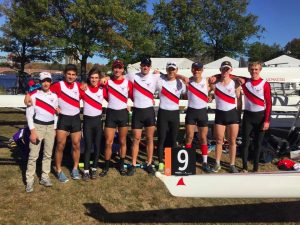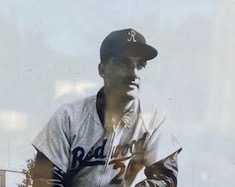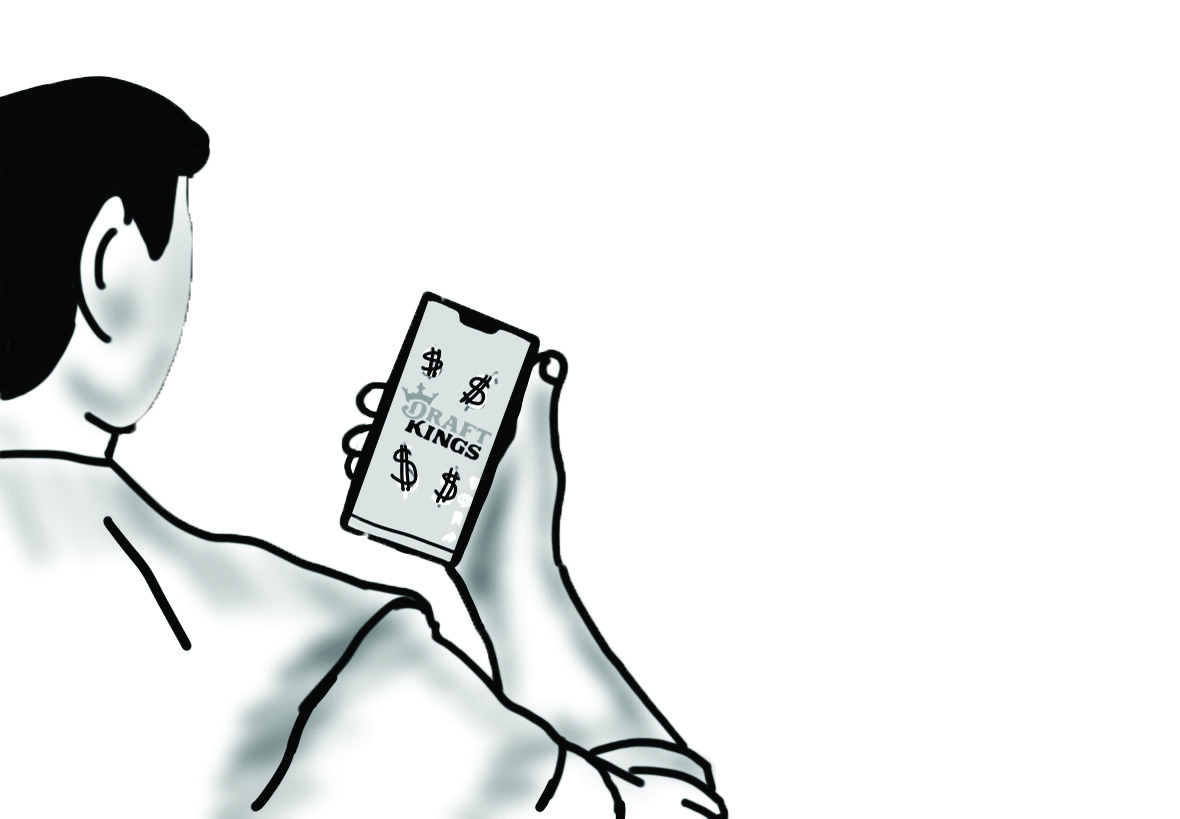Since 1965, the Head of the Charles race has welcomed over 400,000 spectators and 11,000 athletes to the two-day international rowing competition, located in Boston, Massachusetts. This year, the Marin Rowing youth varsity eight boats had extremely successful races, with the girls placing second and the boys placing first out of the 85 boats in their respective groups.
Redwood seniors James Ash, Brandon Levy, Mark Levinson, Haley Tong, Nina Segedin and juniors Caroline Noble and Mckenna Bonkowski rowed in the competition as part of the Marin Rowing varsity eight boats, along with several students from other local high schools.

Though only the varsity eight boats made the trip to Boston, the Marin Rowing program is home to rowers of many skill levels. Those chosen to compete in the Head of the Charles have been racing for three to four years and began preparation for this particular race at the beginning of the school year, according to Noble. The rowers for both the girls’ and boys’ varsity eight boat are selected through erg tests and seat racing, Noble said.
Erg testing takes place on a stationary erging machine while seat racing is tested on the water. When seat racing, individual rowers are switched in and out of the boat to see who can row the fastest.
However, some rowers are placed into specific seats in the boat because of their racing style, according to coxswain Tong.
“Caroline is in her seat because of her rhythm, because in the stroke seat you have to set the rhythm,” Tong said. “And then there is the bow seat, who has to have a really good technique because it’s a lot about setting the boat [balancing the boat] back there, and then in the middle it is about who is the most powerful. So there are roles to fill within each seat.”
Segedin and Noble are the best at setting the rhythm while Bonkowski was chosen because of her power, according to Tong.
“It’s about the eight people who flow the best together,” Noble said.
While rowers are picked because they perform well on specific tests, coxswains, like Levy and Tong, are chosen by their team members and coaches. Sometimes they are chosen by a simple vote but other times it is more obvious who the most experienced coxswain on the team is, according to Levy.
Many of the rowers had raced Head of the Charles before, something that Levinson believes contributed to the success of Marin Rowing this year..
“Last year we had really high expectations and ended up not having a great race, but I think this year was a lot different because we went into it with a more humble view,” Levinson said.
The boys’ varsity eight boat arrived in Boston on Wednesday Oct. 14, while the girls’ arrived on Thursday, Oct. 15. The space in arrivals was due to the coaches’ different estimates as to how much time they needed to prepare.
The boys were able to practice on the course on both Thursday and Friday, while the girls could only practice once because of their later arrival. The Masters races, or boats made up of athletes past collegiate level, occurred on Saturday, therefore no boats were able to practice on the course that day.
The time spent on the course is vital to the coxswain’s success, according to Tong.
“[Experience] on the waterway is really important for a coxswain because you get all the turns down. You hear a lot about the course and can look at a map but it’s different being there,” Tong said.
According to Levy, the Head of the Charles race course is very difficult to maneuver. However, he said he felt more prepared having attended the race last year as well.
Since it’s a coxswain’s job to steer the boat and direct the rowers, the difficulty of the course can change their performance. Head of the Charles’s course has 90 degree turns and five bridges over its 400 meter length, which, according to Levy, is an extremely difficult course.
The boys’ varsity boat has placed first in their division almost every year since they entered the race in 2010. The one exception to their winning streak is last year’s race, where they placed second.
Their past performance in the competition was a great incentive when the boys raced, according to Levy.
“Coming back from last year we wanted to keep Marin’s winning streak going, that was one of our goals during this race was to win and keep the streak going,” Levy said.
Because the competition is a head race, boats do not race alongside each other. Instead, their start times are determined by past results, and staggered by ten seconds. Boats do not know how well they are doing in relation to other teams until the results are announced, since no two boats start at the same time. Because of their results from last year, the girls’ boat was the fifth to start, and the boys’ was the second to start.
“It was a good feeling throughout the race, although you know how you did relative to the boats ahead of you and behind you. As much as we felt confident there was still that feeling of uncertainty,” Levy said. “From a coxswain point of view I could see that we were slowly gaining on Oakland, who we knew would be our biggest competitor.”
Marin Rowing’s season is just beginning. They will be training throughout the winter, and will be participating in local regattas, but their next big race, the San Diego Crew Classic, will not occur until April 2016.














